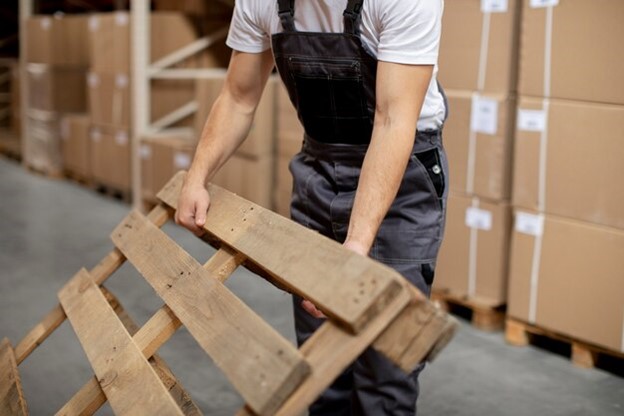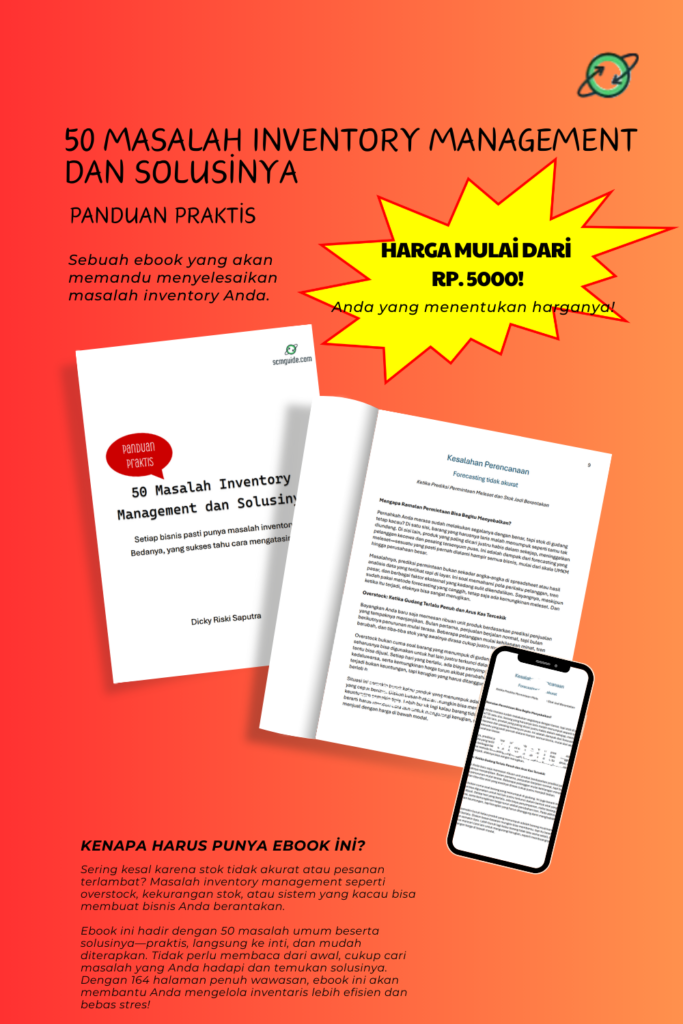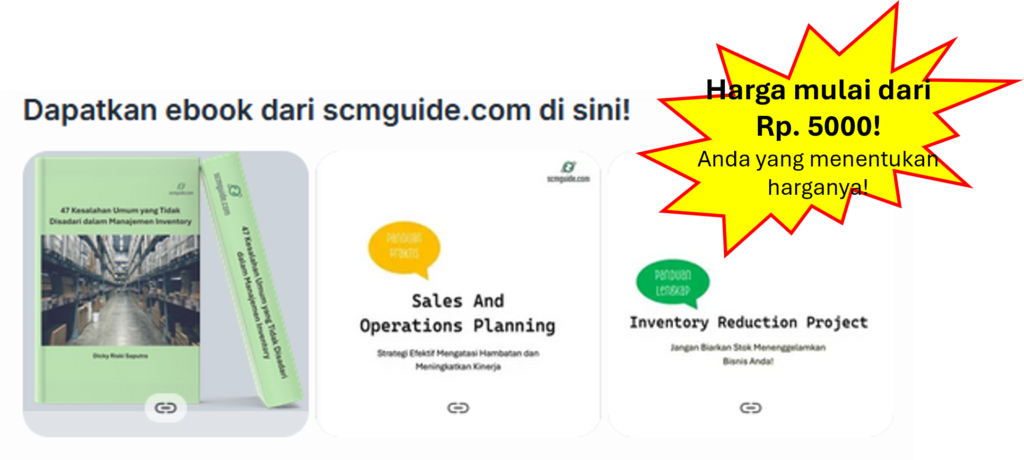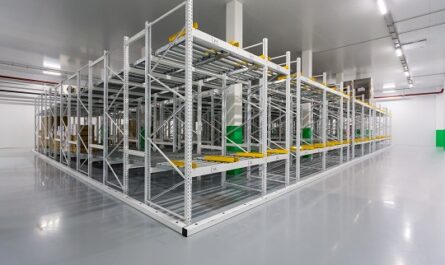Picture this: You’re a buyer in a fast-paced supply chain, scrambling to meet your deadlines, while your suppliers are racing to deliver goods on time. Or perhaps you’re a seller, juggling tight profit margins and searching for ways to streamline operations.
In this dynamic and competitive environment, every decision matters, including one that might seem small but has huge implications: Should you use one-way pallets or returnable pallets?
At first glance, this choice might seem trivial.
A pallet is just a pallet, right?
But when you dig deeper, this seemingly simple decision can impact costs, operational efficiency, sustainability goals, and even long-term partnerships between buyers and sellers.
Let’s unravel the complexities and figure out what works best for your unique supply chain.
Before we go further into this topic, don’t forget to follow my LinkedIn account. You’ll get more helpful insights on supply chain management there.
Table of Contents
Understanding One-Way Pallets
One-way pallets are designed for single use. Typically made of wood or lightweight plastic, they are inexpensive and often discarded or recycled after a shipment is completed.
Buyers and sellers often choose one-way pallets when they need a quick, hassle-free solution, especially for long-distance or international shipments.
For buyers, one-way pallets offer convenience. There’s no need to worry about sending pallets back to the supplier, which can be especially helpful when dealing with multiple suppliers scattered across regions.
On the flip side, sellers find them appealing because they eliminate the logistical complexity of pallet retrieval.
But convenience often comes at a cost. One-way pallets can pile up in warehouses or end up in landfills if recycling programs aren’t in place.
This raises concerns about waste and sustainability, which are increasingly critical for modern supply chains striving to align with environmental regulations and consumer expectations.
Exploring Returnable Pallets
Now, let’s switch gears and talk about returnable pallets.
Unlike their one-way counterparts, these pallets are built for durability and repeated use. Typically made from high-quality plastic or metal, they are designed to withstand multiple shipping cycles.
For sellers, returnable pallets can be a game-changer. While the upfront cost is higher, these pallets can be reused dozens or even hundreds of times, reducing long-term expenses.
Moreover, their sturdiness ensures better protection for goods during transit, minimizing the risk of damage.
Buyers also benefit from the reliability of returnable pallets.
Standardized dimensions and robust materials often mean smoother handling, easier stacking, and fewer issues with damaged goods.
However, managing the return process can be tricky, especially if the buyer lacks the infrastructure or resources to return the pallets efficiently.
The shared challenge for both buyers and sellers lies in logistics.
A returnable pallet system requires coordination, tracking, and sometimes additional transportation, all of which can increase complexity and cost.
You might also like:
- Is Automation in Supply Chain Worth It in Countries with Low Wages?
- Navigating the Chaos: What to Do When Facing Tariff Uncertainty in Supply Chains
Cost Implications: A Double-Edged Sword
Let’s talk money, because that’s what often drives decisions in supply chains.
One-way pallets have the obvious advantage of being cheaper upfront. This makes them an attractive option for cost-sensitive operations, especially when margins are tight, or when shipments are infrequent.
But here’s the kicker: The hidden costs of one-way pallets can add up quickly. Disposal fees, environmental penalties, and the cost of replacing damaged goods due to inferior pallet quality can eat into your savings.
Returnable pallets, on the other hand, require a significant initial investment. There’s no sugarcoating that.
However, when used effectively over time, the per-shipment cost decreases dramatically.
The question then becomes: Are you willing to spend more upfront for long-term savings, or do you prefer lower initial costs with potentially higher expenses down the road?
Sustainability: The Elephant in the Room
If you’re managing a supply chain in today’s world, you can’t ignore sustainability. Consumers and regulators alike are demanding greener practices, and the choice between one-way and returnable pallets plays a role in your environmental footprint.
One-way pallets, particularly wooden ones, often come from renewable resources and can be recycled or repurposed.
However, the reality is that many still end up in landfills, contributing to waste.
Returnable pallets, despite their higher production footprint, win in the long run when it comes to sustainability. Their reusability significantly reduces waste and resource consumption.
If your organization has ambitious sustainability goals, investing in returnable pallets can align with your values and strengthen your brand image.
Operational Efficiency: What Works for You
Every supply chain is unique, and what works for one company may not work for another.
One-way pallets shine in situations where simplicity and flexibility are key. If your supply chain involves irregular shipments, long distances, or international trade, one-way pallets can save you the headache of managing returns.
On the other hand, returnable pallets excel in closed-loop supply chains, where goods and pallets move back and forth between the same parties.
If you have a consistent, high-volume relationship with a supplier or customer, returnable pallets can streamline operations and build efficiency over time.
The Buyer-Seller Dynamic
The choice between one-way and returnable pallets doesn’t just impact logistics; it also affects relationships.
Buyers might prefer one-way pallets for their convenience, while sellers may push for returnable systems to cut long-term costs. Striking a balance is crucial.
Open communication is key here.
If you’re a seller advocating for returnable pallets, explain the long-term benefits and work with your buyers to develop a smooth return process.
If you’re a buyer favoring one-way pallets, discuss your reasons with your suppliers and explore potential compromises, such as partial returnable systems or hybrid models.
You might also like:
Making the Decision
So, how do you decide?
The answer isn’t black and white.
It depends on factors like cost, sustainability goals, operational complexity, and the nature of your supply chain.

Ask yourself: What are your priorities?
If cost savings today outweigh long-term benefits, one-way pallets might be your answer. If sustainability and efficiency are non-negotiable, returnable pallets are worth the investment.
Consider piloting a hybrid approach.
Use returnable pallets for regular, high-volume shipments and one-way pallets for irregular or international orders. This gives you the flexibility to adapt to different scenarios without committing fully to one option.
The Bottom Line
Whether you’re a buyer or seller, the choice between one-way and returnable pallets is about more than just moving goods. It’s a strategic decision that can impact your costs, operations, sustainability efforts, and relationships.
Take the time to evaluate your supply chain, understand your priorities, and collaborate with your partners.
Remember, there’s no one-size-fits-all answer, but by making an informed decision, you can find the solution that works best for your unique situation.
So, what’s it going to be: the simplicity of one-way pallets or the sustainability of returnable ones?
The choice is yours.
I hope you find it helpful!
Please share this article with your colleagues so they can also benefit. For more insights on supply chain management, follow my LinkedIn account. You’re free to use all articles on this blog for any purpose, even for commercial use, without needing to give credit.

 by
by 



